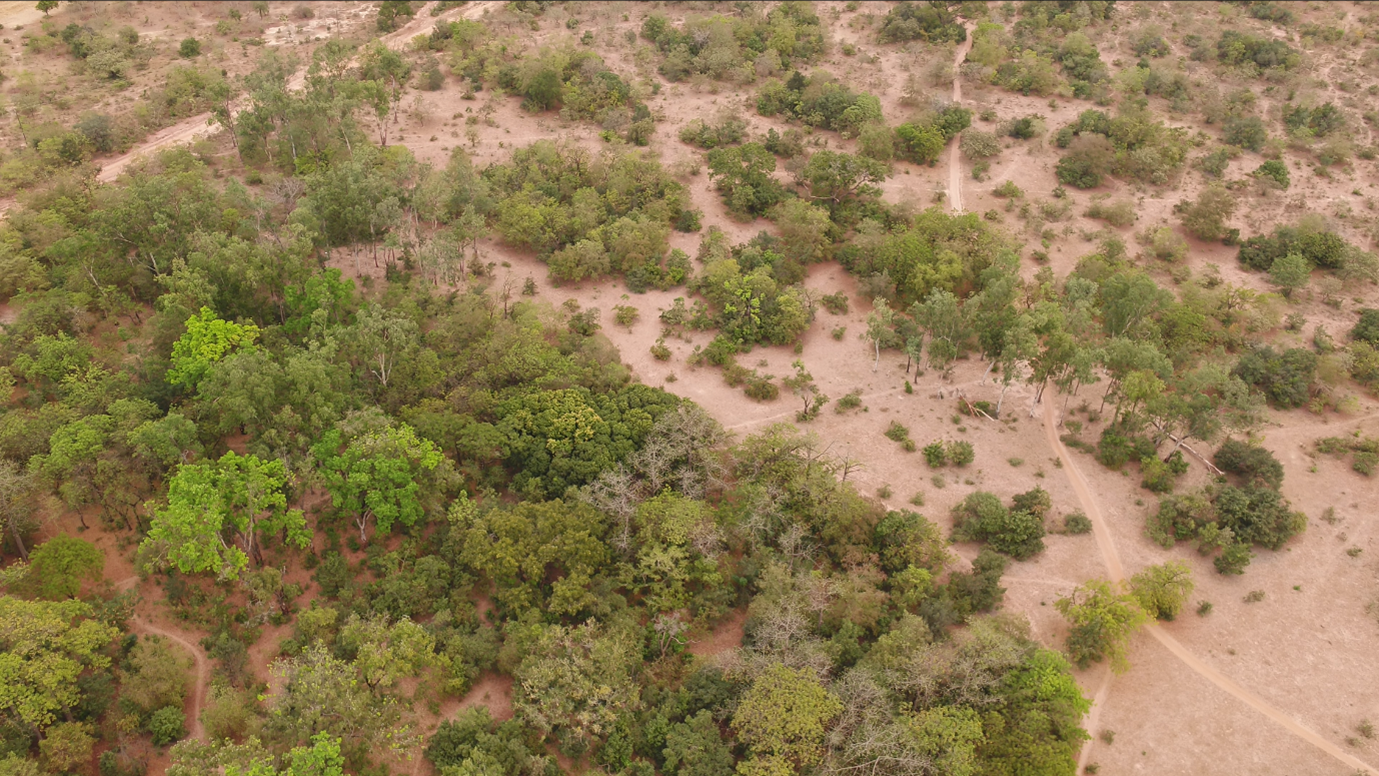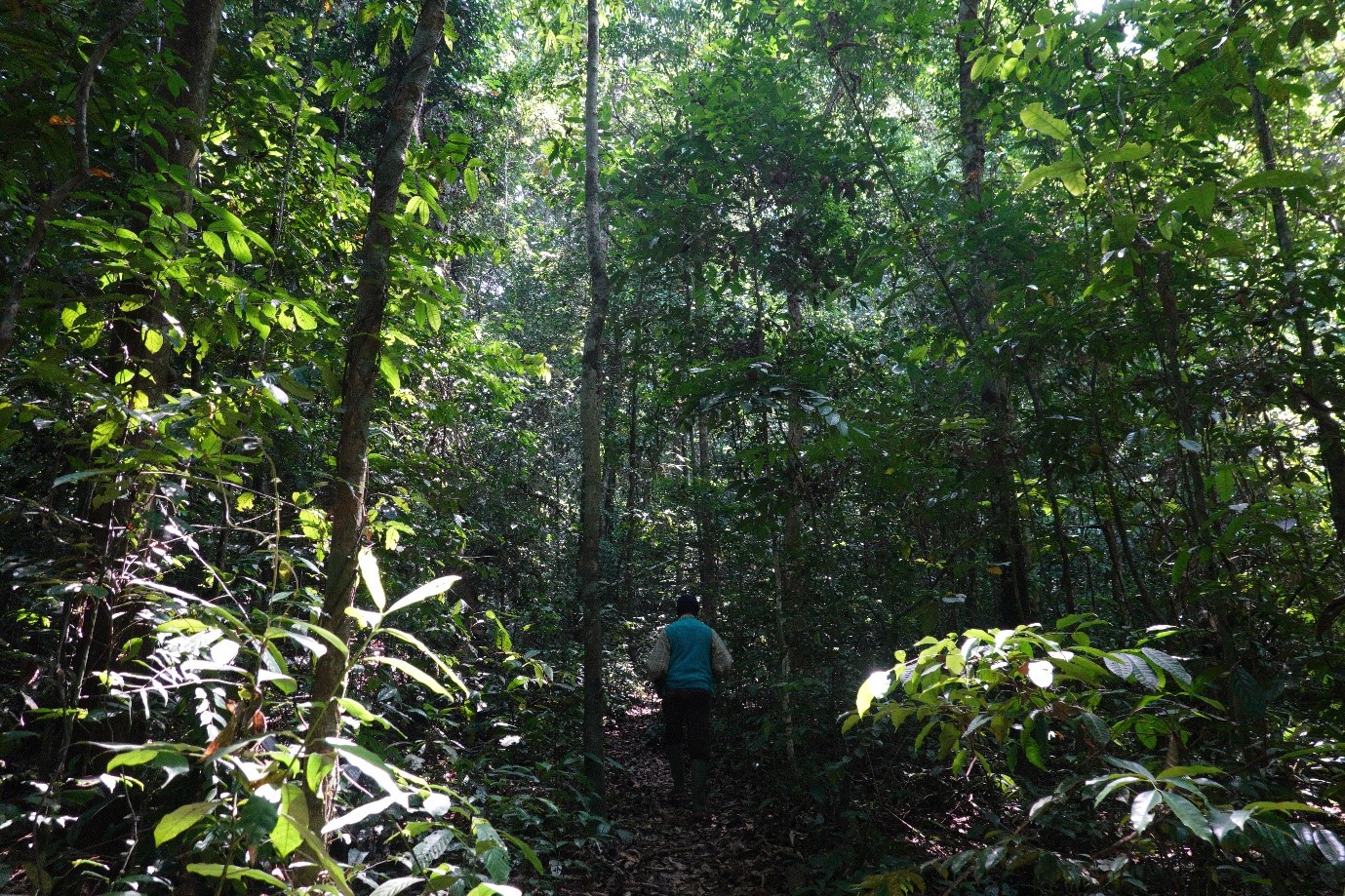
Figure 1: Photo Credit (CC) Jesus Aguirre Gutierrez
A new study led by Dr Huanyuan Zhang-Zheng, an associate of the LEMONTREE project at the University of Oxford, has identified key findings into the productivity of West African tropical forests. Published in Nature Communications, the paper, titled “Why Models Underestimate West African Tropical Forest Primary Productivity”, addresses a critical gap in how we understand and model tropical forests outside of the better-known Amazon basin. The findings have significant implications for how we estimate the role of tropical forests in the global carbon cycle.
The study explores why current global models underestimate the Gross Primary Productivity (GPP)—the rate at which forests convert carbon dioxide into biomass through photosynthesis—of West African tropical forests. In short, the team led by Huanyuan discovered that these forests are more productive than previously thought, often outperforming even the Amazon in terms of carbon assimilation. Yet, existing models fail to capture this, underscoring the need for improved data inputs and modelling approaches.
The Importance of Tropical Forests in the Global Carbon Cycle
Tropical forests are some of the most important ecosystems on Earth, contributing a massive portion of the planet’s biomass and carbon absorption. They act as vital carbon sinks, absorbing CO₂ from the atmosphere and playing a crucial role in regulating the global climate. Accurate estimation of their productivity is vital for understanding how effectively they sequester carbon and how they might respond to changing environmental conditions.
Historically, models have struggled to estimate tropical forest productivity accurately, particularly in West Africa. This region’s GPP is often underestimated, with field measurements revealing far higher productivity than global models suggest. The reasons for this mismatch lie in the models’ inputs, particularly in terms of light use efficiency (LUE), the fraction of absorbed photosynthetically active radiation (fAPAR), and how local climate conditions are represented.
What the Study Found: Higher Productivity than Models Predict
The study focused on three sites in Ghana, representing the major forest types in West Africa: the Ankasa rainforest (ANK), the semi-deciduous Bobiri forest (BOB), and the dry Kogyae forest (KOG). Each of these sites revealed significant discrepancies between biometric GPP—measured directly in the field—and the GPP estimates from widely used global models like MODIS, FLUXCOM, and dynamic global vegetation models (DGVMs). On average, the models underestimated GPP by 56.3%, with the most significant discrepancies occurring at the semi-deciduous BOB site.
Interestingly, this gap between field measurements and models narrowed when local data were incorporated into the models. For example, when a simple photosynthesis model (P-model, a new generation model led by Prof Colin Prentice) was adjusted to use field-measured inputs like photosynthetic traits and absorbed sunlight, its GPP estimates came closer to the real values, though small discrepancies remained in the wetter rainforest site at Ankasa.

Figure 2: Photo credit (CC) Huanyuan Zhang-Zheng
Why Models Get It Wrong: Light Use Efficiency and fAPAR
The study points to two main reasons for the underestimation of GPP in West African tropical forests:
- Light Use Efficiency (LUE): LUE represents the efficiency with which plants convert absorbed light into biomass. In the drier forests like Kogyae, the models severely underestimate the LUE of the forests. Field measurements showed that West African forests, especially the semi-deciduous and dry forests, have much higher photosynthetic capacities than the models assume, with CO₂ assimilation rates per leaf area exceeding those observed in the Amazon.
- Absorbed Sunlight (fAPAR): In wetter forests like Ankasa, cloud contamination in remote sensing data leads to significant underestimation of fAPAR, especially during the rainy season. Satellite data, such as from MODIS, often misreads the cloud cover as reduced sunlight absorption by the forest canopy, resulting in lower GPP estimates. However, field data showed that fAPAR remained steady throughout the rainy season, indicating that the forest continues to absorb sunlight efficiently even under cloud cover.
Exploring Other Hypotheses: Plant Functional Types and Climate Variables
The study also tested several other hypotheses to explain the GPP discrepancies. For instance, the team investigated whether models’ misclassification of plant functional types (PFTs) could be driving the errors. However, this hypothesis was ultimately rejected, as the differences in productivity could not be explained by scaling or PFT assignment. Similarly, climate variables like temperature and humidity were examined, but the differences between the field and model data were too small to account for the large GPP discrepancies.
Broader Implications for Tropical Forest Modelling
This study does more than just highlight issues specific to West African forests. The findings suggest that these GPP underestimations may be widespread across tropical regions, including the Amazon. Errors in satellite-derived fAPAR data, driven by cloud contamination, could be a global problem, particularly in regions with high rainfall. The research emphasises that improving how we model photosynthetic traits like LUE and fAPAR is essential for making accurate predictions of tropical forest productivity.
Why Field Data Matters: The Need for Better Inputs
One of the most significant takeaways from this research is the importance of using field-derived data in models. Satellite-based models like MODIS or FLUXCOM can only estimate so much, and their outputs can be skewed by factors like cloud cover. By integrating data collected directly from forest plots, particularly around key photosynthetic traits, models can better reflect the actual productivity of tropical forests. For example, models informed by field-measured Vcmax (the maximum rate of carboxylation in photosynthesis) and LUE provided much more accurate GPP estimates.
This approach highlights the value of simple models like P-model, which can be easily informed and updated with field data to improve their predictions. The use of minimal, understandable models also makes them ideal for testing ecological hypotheses and refining our understanding of forest dynamics.

Figure 3: Photo credit (CC) Huanyuan Zhang-Zheng
More Research Needed
While this study is a significant step forward, it also highlights the need for more research, particularly in less studied regions like the drier tropical forests of Africa. Expanding this research to cover more ecosystems, including semi-arid regions with abundant C4 grasses and higher LUE, could further refine global carbon cycle models.
Furthermore, the findings suggest that modellers should exercise caution when relying on satellite-derived products in regions with frequent cloud cover, particularly during rainy seasons. Continued collaboration between field scientists and modellers will be crucial for improving our understanding of tropical forest productivity and its role in mitigating climate change.
Conclusion
Huanyuan’s team has made a significant contribution to our understanding of West African tropical forests, revealing that their productivity has been consistently underestimated by global models. By identifying key sources of error, such as underestimations of light use efficiency and inaccuracies in satellite data, this study opens the door to more accurate carbon cycle simulations not only for West Africa but for tropical forests worldwide. As we work towards improving these models, the insights from this research will be invaluable in enhancing our understanding of the role that tropical forests play in the global carbon cycle.
You can read the full paper here:
Zhang, Zheng, H., Dengl, X., Aguirre-Gutiérrez, J., et al. Why Models Underestimate West African Tropical Forest Primary Productivity. Nature Communications. https://doi.org/10.1038/s41467-024-53949-0
This research was supported by various funding sources, with LEMONTREE being one of them. We would like to give special thanks to the Wildlife Division of the Forestry Commission in Ghana, and the Forest Research Institute of Ghana (FORIG) as well as the many field assistants who helped with data collection.
